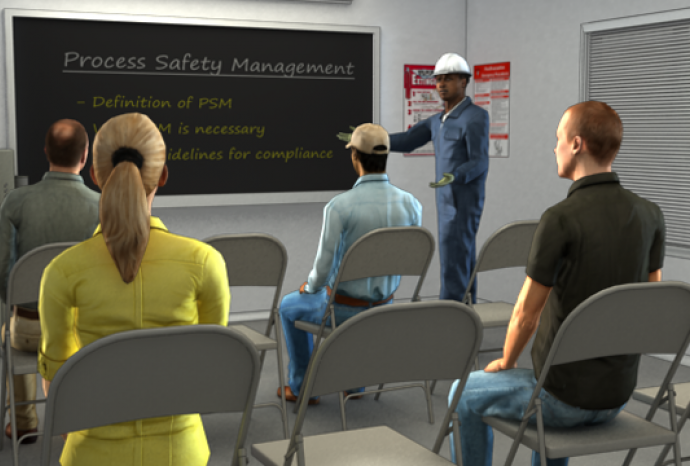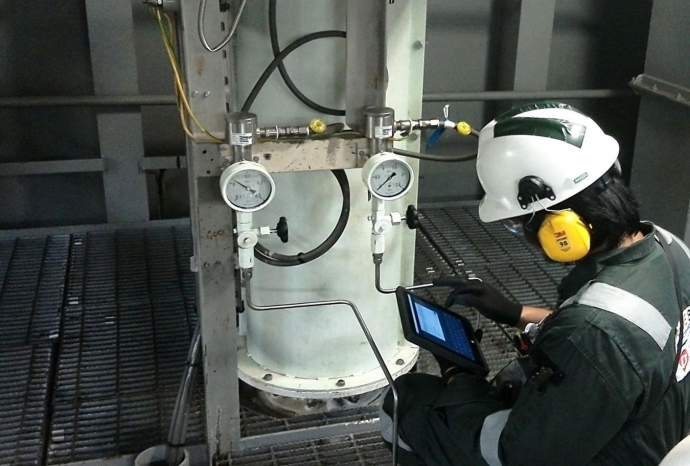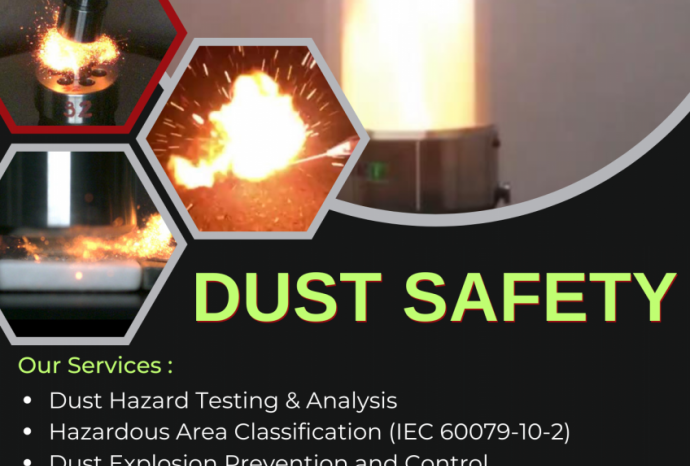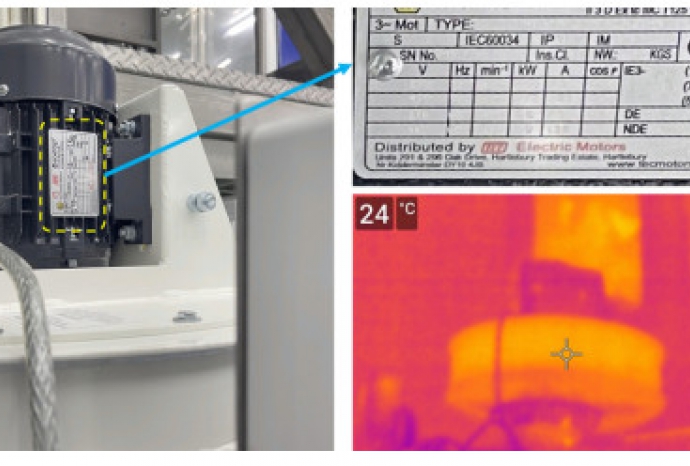OVERVIEWIndustrial Fire & Explosion Hazard Management is a crucial component of Process Safety Management (PSM) in industrial facilities with high fire and explosion risks, particularly in the oil and gas, chemical, and energy sectors.
OBJECTIVES: The primary objective of industrial fire and explosion hazard management is to prevent and minimize loss of life, property, and environmental damage caused by fire and explosion incidents. This is achieved through:
- Hazard Identification and Assessment: Identifying Zones (according to IEC 60079-10-2013) and potential sources of fire and explosion, assessing the likelihood and severity of incidents.
- Hazard Control: Implementing technical and managerial measures to control fire and explosion hazards, including safety design, equipment maintenance, employee training, and emergency response planning.
- Monitoring and Improvement: Monitoring the effectiveness of control measures, conducting inspections, evaluations, and continuous improvement activities.
KEY ELEMENTS: Industrial fire and explosion hazard management encompasses various elements, the most important of which are:
- Fire and Explosion Risk Assessment (FERA): This is the process of systematically assessing fire and explosion hazards, identifying potential incident scenarios, and evaluating the level of risk.
- Safety Design: Designing industrial systems and processes to minimize fire and explosion risks, such as using fire-resistant materials, proper equipment layout, and installing fire detection and suppression systems.
- Preventive Maintenance: Conducting regular maintenance and servicing of equipment to ensure their safe and efficient operation, preventing incidents due to equipment failure.
- Training and Education: Training employees on fire and explosion hazards, preventive measures, and emergency response procedures.
- Emergency Response Planning: Developing detailed emergency response plans and conducting regular drills to ensure readiness in case of incidents.
CONCLUSION: Industrial fire and explosion hazard management is a continuous and complex process, requiring close cooperation between departments within the enterprise and strict compliance with safety regulations. Effective implementation of fire and explosion hazard management not only helps protect workers and assets but also contributes to improving production and business efficiency and the reputation of the enterprise.



.jpg)

.jpg)

